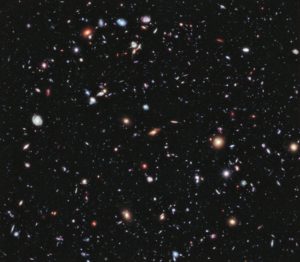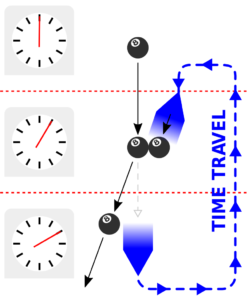 Newton supported the idea of absolute time, unlike Leibniz, for which time is only a relation between events and cannot be expressed independently, a statement in concordance with the relativity of space-time.
Newton supported the idea of absolute time, unlike Leibniz, for which time is only a relation between events and cannot be expressed independently, a statement in concordance with the relativity of space-time.
Eternalism claims that the past and the future exist in a real sense, going to the idea that time is a dimension similar to spatial dimensions, that future and past events are “present” on the axis of time, but this view is challenged. On four-dimensional vision, the universe is an existing space-time topology, containing everything that has happened, everything that happens and everything that’s going to happen. It follows that there is no singular moment to be considered as insignificant as present. Time travel is possible if the four-dimensional vision including the time is correct, but it is not possible if presentism is true. William Godfrey-Smith says that “the metaphysical image underlying the discussion of time travel is that of the universe block, in which the world is conceived as extended in time as it is in space.”
DOI: 10.13140/RG.2.2.18575.64163
Space, time, and time travel



